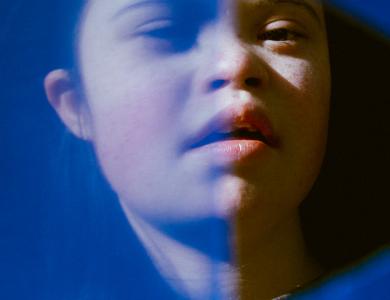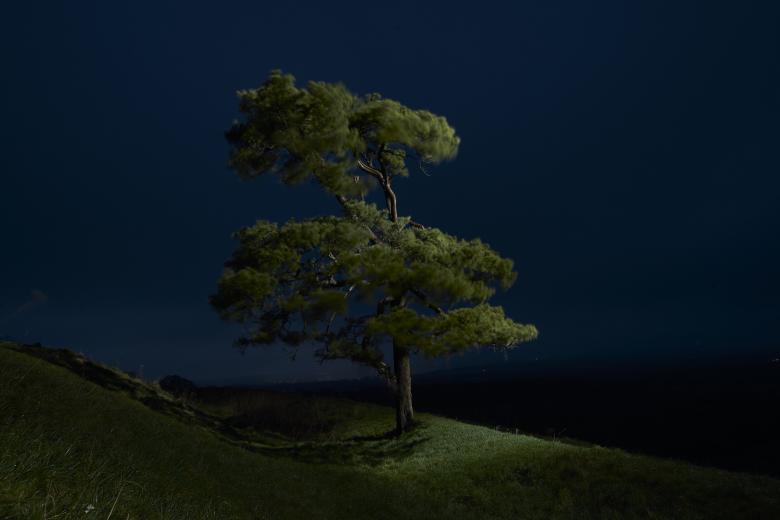
© Gareth Iwan Jones, United Kingdom, 3rd Place, Professional competition, Landscape, 2022 Sony World Photography Awards
As part of the submission process for the Sony World Photography Awards, we ask you to submit text to accompany your images. You’ll need a series description (up to 150 words) for the Professional competition and Student competition, and captions for each image (up to 70 words). For the Open competition and Youth competitions, you’ll need to supply a caption, which is also a maximum of 70 words.
During the judging process, if the panel would like to know more about your submission they’ll refer to your text. The success of this piece of writing is, of course, down to the creator's clarity on what the project is about and their skills as a writer. If you're new to the medium, the key is to keep going – continue to type and your voice will become clearer. Below are nine pointers to help you get started. We hope this list will also be of use when it comes to writing a website bio, artist statement, pitches to potential collectors, press releases - and even blog posts!
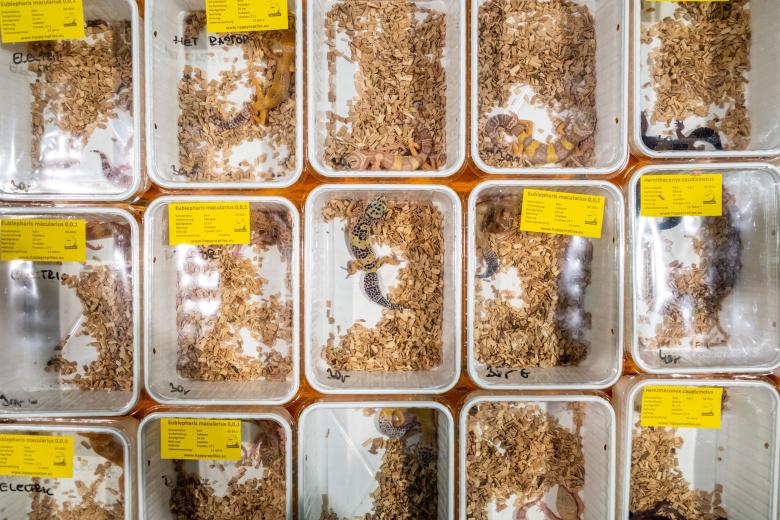
© Federico Borella, Italy, 2nd Place, Professional competition, Wildlife & Nature, 2022 Sony World Photography Awards
CLARITY IS KEY
It's always best to be clear. Never use a long word where a short one will do and avoid any jargon or overly complex sentences – your readers will become lost and disinterested. Take Win McNamee’s arresting photo project Insurrection as an example, which documents the storming of the US Capitol after the Save America rally held by President Donald Trump. His succinct series description keeps to the facts.
AVOID CLICHES
Stay clear of familiar phrases and overused metaphors as your writing will become dull and largely meaningless. Your work will be taken far more seriously once you find your own distinctive voice and stick to it.
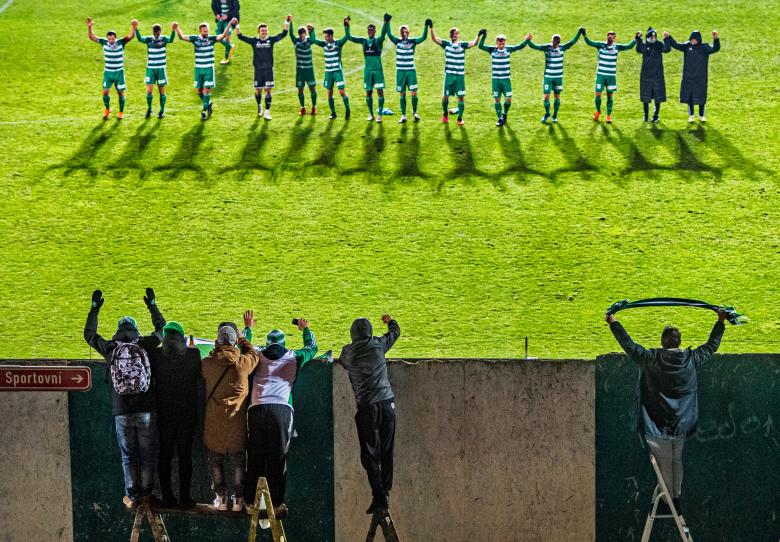
© Roman Vondrouš, Czech Republic, 3rd Place, Professional competition, Sport, 2022 Sony World Photography Awards
QUOTES
If you are finding it hard to use your own words, consider incorporating a quote from an individual or work that's inspired your project. Be it from John Berger’s Ways of Seeing or Henri Cartier-Bresson’s The Decisive Moment, just make sure you fully credit the quote. If your project is particularly personal, you could include excerpts from interviews with your subjects.
PLAN
If you’ve been staring at a blank page for longer than you’d hoped, why not jot down a few key words, and then points, on a piece of paper on what your project’s concept and core message is. Set yourself the task to then put these into some kind of order. Knowing what your project’s about will help you discover the destination for your writing.
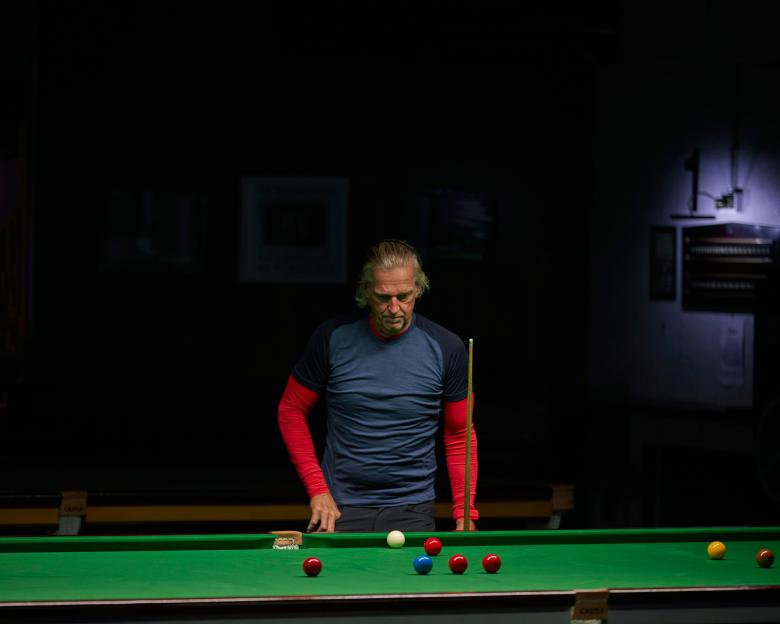
© Hugh Fox, United Kingdom, 1st Place, Professional competition, Portfolio, 2022 Sony World Photography Awards
EXPERIMENT
Could you explore different writing styles? Many photographers find poetry a good pairing, or perhaps you could take inspiration from American Beat writer William S Burroughs, whose ‘cut-up technique’ struck a chord with many musicians and is seen some of David Bowie, Tom Yorke and Kurt Cobain’s most memorable songs. Rather than purely adding descriptive captions underneath each image, how else can you clearly communicate the story behind each shot? Perhaps it’s to add the co-ordinates where you took the photograph, the date or time, or quotes from conversations you overheard.
BE REALISTIC
Try to not to be too ambitious - save writing your equivalent of The Count of Monte Cristo for another day. The word count for series descriptions is 150 words and 70 words for captions.

© Alessandro Gandolfi, Italy, 3rd Place, Professional competition, Still Life, 2022 Sony World Photography Awards
PREPARE
Don't feel like you have to rush this part of the process, as the deadline for the Sony World Photography Awards is 6 January 2023 (Open and Youth competitions) and 13 January (Professional and Student competitions). Give yourself enough time to put together something you feel matches up to the standard of your photographs. The writing and photography should work in parallel - one should not overshadow the other.
You always read differently from screen to print, so print out the text if you can (printing out small proof prints is great for image editing too). If you don’t have access to a printer, changing the font might help – and don't forget to read the text out loud.
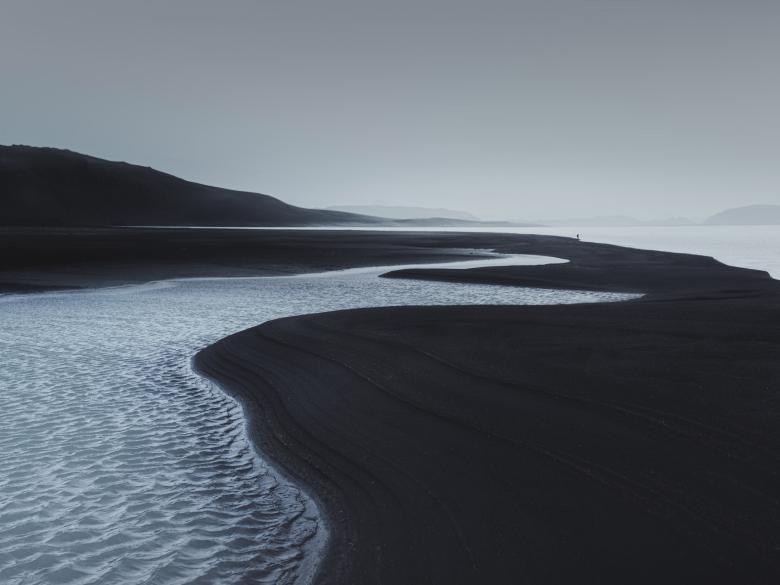
© Lorenzo Poli, Italy, Finalist, Professional competition, Landscape, 2022 Sony World Photography Awards
COLLABORATE
Could your project become a collaborative piece? 2021 Photographer of the Year Craig Easton’s winning series Bank Top is a brilliant example. Working with poet and social researcher Abdul Aziz Hafiz, the poem that accompanies Craig’s photographs made the project all the more illuminating and thought-provoking.


